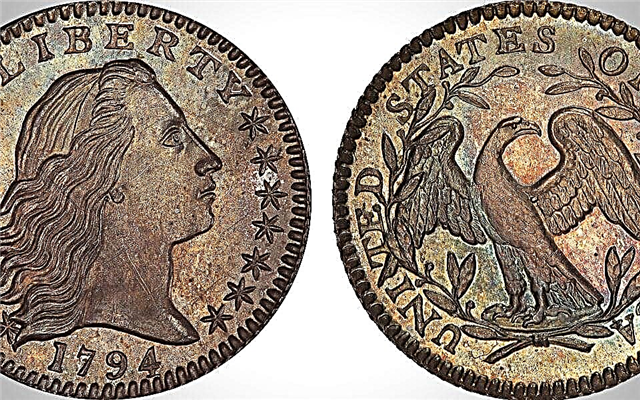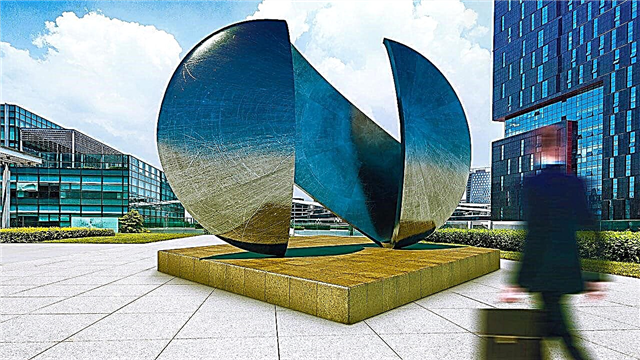A person who is looking for a new laptop usually first looks at the processor model, and then decides whether to buy a device or not. CPU performance depends on various functions, such as clock speed, number of cores, cache size, and many others.
Most modern laptops have one of the Intel processors installed, and only a few run on the AMD platform. Although most of the chips are produced by one of these two companies, there are many different models that can confuse an ignorant user. We present the 2017 mobile processor rating based on a study by AnandTech, one of the oldest foreign online hardware publications.
10. Intel Atom Z3735F
The average battery life is from 7 to 12 hours.
Representatives of the Atom series are the cheapest processors from Intel. They are installed on budget laptops or tablets running Windows, such as the ASUS EeeBook X205TA and Prestigio Smartbook 141A03.
The Z3735F Atom is a quad-core processor (like almost all Atom processors), manufactured using the 22-nm process technology, has 2 MB of cache memory, and extremely low power consumption. Thanks to this, the device works for a very long time without recharging, but this is leveled out by small performance.
Devices on the Atom platform are perfect for a gift to a school student or student. They are good enough for watching YouTube videos, surfing the Internet and working in a text editor, but you won’t be able to play “heavy” games and work with applications that heavily load the memory and processor. Most modern cheap laptops already use Celeron chips, not Atom chips.
9. Intel Pentium N4200
Battery life - from 4 to 6 hours.
If you are going to buy a laptop that costs from 10,000 to 20,000 rubles, there is a good chance that it will have an Intel Pentium processor installed. This line of budget processors offers good performance, which is enough to work with an office suite and not too demanding games. But here you can’t do video editing or, for example, go on a boss raid in your favorite online game without lags and terrible “brakes” with such a processor.
The Intel Pentium N4200 is manufactured using a 14-nm process technology, has 4 cores, 2 MB of cache memory and operates at a base frequency of 1.10 GHz.
8. Intel Celeron N3050
The average battery life is from 4 to 6 hours.
Celeron chips are very common in Chromebooks, because Google’s OS is browser-based and does not require as much “horsepower” as Windows. Therefore, we do not recommend purchasing a laptop with Windows OS and Celeron or Pentium platform.
Celeron processors have a thermal package in the range from 4 to 15 watts. At the same time, the heat dissipation of Celeron models starting with N is from 4 to 6 W, while those ending in U - 15 watts, but their performance is higher.
The N3050 has two cores, it is manufactured using a 14-nm process technology, operates at a frequency of 1.60 GHz and has 2 MB of cache.
7. Intel Core i5-7Y54
The average battery life is from 5 to 9 hours.
Seventh place in the ranking of processors for laptops is the seventh-generation platform, made by the 14-nm process technology. It has a base frequency of 1.20 GHz (can be overclocked to 3.20 GHz), two cores and 4 MB of cache. Suitable for ultra-thin laptops that require long work and everyday tasks like working with tables and texts, web surfing, watching videos, etc.
6. Intel Core i5-7200U
The average battery life is from 5 to 17 hours.
If you are looking for a laptop with good features and long battery life, then pay attention to devices with Intel U-series chips. One of the best representatives of this series is the Core i5-7200U, it comes with various data protection technologies, such as Intel MPX (extensions memory protection), Intel SGX technology (high-level protection of secrets) and a secret key. In addition, this 14-nm chip has two cores, a clock frequency of 2.50 GHz (can be increased to 3.10 GHz) and 3 MB of cache.
5. Intel Core i5-8250U
The battery lasts, on average, from 5 to 17 hours.
U-series processors fall into models with a large battery and screen and can last without recharging for more than 10 hours.
This chip has a TDP of 15 watts, which is a reasonable compromise between good performance and long battery life, but needs active cooling. Unlike the i5-7200U version, the i5-8250U has four cores, the operating frequency can be increased from 1.60 to 3.40 GHz, and the cache is not 3, but 6 MB.
4. Intel Core i7-7500U
The average battery life is from 5 to 17 hours.
This high-end processor from the 7th generation of Core processors is typically found in business-class laptops suitable for high-performance tasks. It has 2 cores and 4 MB of cache, and thanks to Turbo Boost technology, you can increase the clock frequency from 2.70 GHz to 3.50 GHz.
3. Intel Core i7-8550U
The average battery life is from 5 to 17 hours.
The new mobile microprocessor with integrated Intel UHD Graphics 620, four cores, a base frequency of 1.80 GHz and a turbo frequency of 4 GHz has as much as 8 MB of cache. It supports up to 32 gigabytes of dual-channel DDR4-2400 memory and includes an Intel UHD Graphics 620 IGP graphics processor operating at a frequency of 300 MHz with a packet transmission frequency of 1.15 GHz.
2. Intel Core i5-7440HQ
The average battery life is from 3 to 8 hours.
The second position in the ranking of mobile laptop processors went to the powerful quad-core platform, which is perfect for the tasks of gamers, bloggers, designers and other users demanding on the capabilities of the laptop. And thanks to Hyper-Threading technology, Core i7 chips can have 8 parallel threads. At the same time, HQ processors are very demanding on cooling the laptop, their TDP is 45 watts. For this reason, HQ chips are not installed in ultra-thin laptops.
The Intel Core i5-7440HQ has four cores, the base frequency is 2.80 GHz, and the maximum is 3.80 GHz and 6 MB cache. The processor is executed according to the 14-nm process technology.
1. Intel Core i7-7820HK
The battery lasts from 3 to 8 hours.
HK processors are almost the same as HQ, but they have higher frequencies and more cache. Many high-end gaming laptops have HK processors. The i7-7820HK has 4 cores, the base and maximum clock speeds are 2.90 GHz and 3.90 GHz (with Turbo Boost technology), and the cache memory is 8 MB.
For different purposes, different processors are suitable. For example, if you want to play the latest games and work with large graphic applications, you will need a Core i7 quad-core processor. And the capabilities of Core i5 are more than enough for an ordinary user who does not need to work with audio and video editors, engineering programs or play on ultra-settings.












